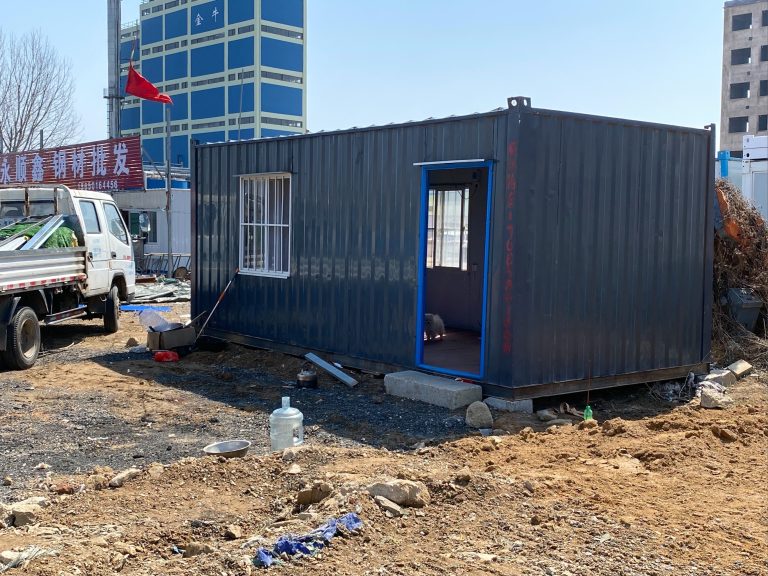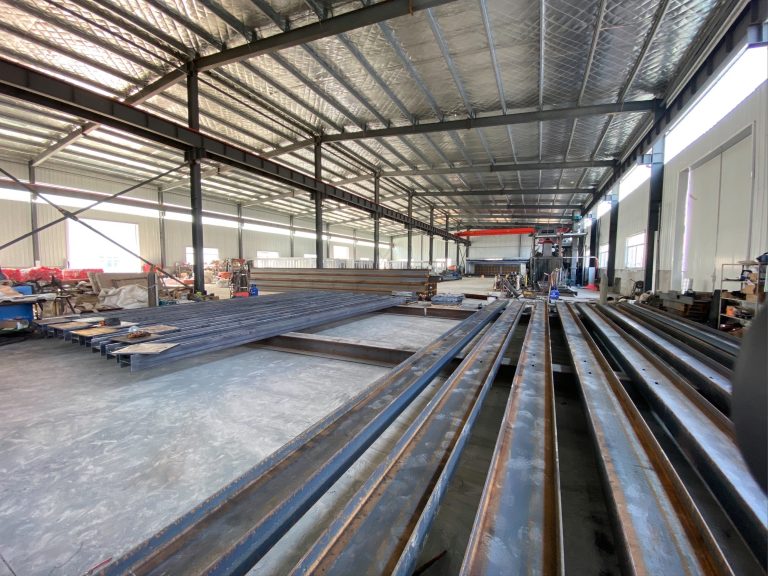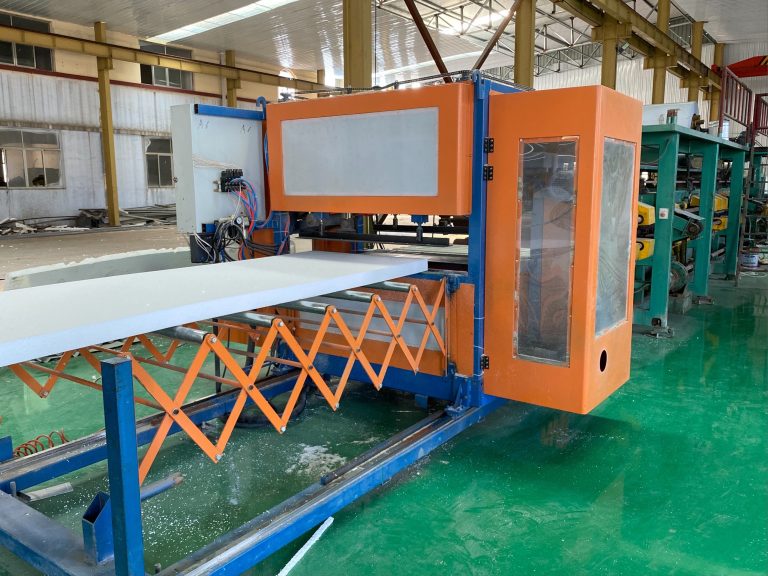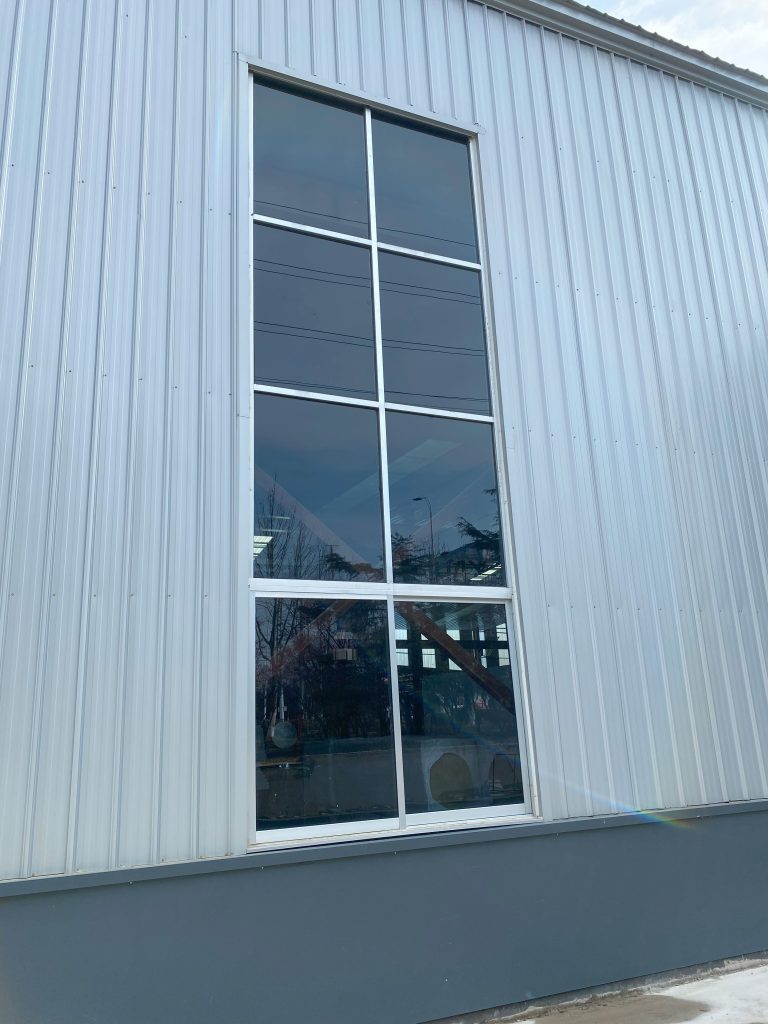Steel structure building intelligent drainage and flood control technology innovation
Table of Contents
Benefits of Implementing Intelligent Drainage Systems in Steel Structure Buildings
Steel structure buildings have become increasingly popular in recent years due to their durability, cost-effectiveness, and sustainability. However, one of the challenges that come with these types of buildings is the potential for drainage and flood control issues. Fortunately, advancements in technology have led to the development of intelligent drainage systems that can help mitigate these problems.
One of the key benefits of implementing intelligent drainage systems in steel structure buildings is the ability to effectively manage stormwater runoff. Traditional drainage systems often struggle to handle large volumes of water during heavy rain events, leading to flooding and water damage. Intelligent drainage systems, on the other hand, use sensors and automated controls to monitor and adjust water flow in real-time, ensuring that excess water is efficiently drained away from the building.
Another advantage of intelligent drainage systems is their ability to reduce the risk of water damage to the building’s foundation and structure. Excess water can seep into the ground and weaken the foundation over time, leading to costly repairs and potential structural issues. By effectively managing stormwater runoff, intelligent drainage systems help protect the building’s integrity and longevity.
In addition to protecting the building itself, intelligent drainage systems also play a crucial role in preventing water damage to surrounding properties and infrastructure. Flooding can have far-reaching consequences, impacting not only the building but also roads, sidewalks, and neighboring buildings. By efficiently draining excess water away from the building, intelligent drainage systems help minimize the risk of flooding and water damage in the surrounding area.
Furthermore, intelligent drainage systems can help improve the overall sustainability of steel structure buildings. By effectively managing stormwater runoff, these systems help reduce the strain on municipal sewer systems and prevent pollution of local waterways. This not only benefits the environment but also helps building owners comply with regulations and avoid potential fines for water pollution.
Another key benefit of intelligent drainage systems is their ability to adapt to changing weather patterns and environmental conditions. With climate change leading to more frequent and intense rain events, traditional drainage systems may struggle to keep up with the increased volume of water. Intelligent drainage systems, however, can adjust their operations in real-time to handle varying levels of rainfall, ensuring effective drainage regardless of the weather.
In conclusion, the implementation of intelligent drainage systems in steel structure buildings offers a wide range of benefits, including improved stormwater management, protection of the building’s foundation and structure, prevention of water damage to surrounding properties, enhanced sustainability, and adaptability to changing weather patterns. By investing in these innovative technologies, building owners can ensure the long-term resilience and functionality of their steel structure buildings.
How Innovative Flood Control Technologies Can Enhance the Resilience of Steel Structure Buildings
Steel structure buildings have become increasingly popular in recent years due to their durability, cost-effectiveness, and sustainability. However, one of the challenges that these buildings face is the risk of flooding, which can cause significant damage to the structure and its contents. In response to this challenge, innovative flood control technologies have been developed to enhance the resilience of steel structure buildings and protect them from the devastating effects of flooding.
One such technology is intelligent drainage systems, which use sensors and actuators to monitor and control the flow of water in and around the building. These systems can detect rising water levels and automatically activate pumps to remove excess water, preventing flooding and minimizing damage to the building. By integrating intelligent drainage systems into steel structure buildings, property owners can effectively manage flood risk and protect their investments.
Another innovative technology that can enhance the resilience of steel structure buildings is flood barriers. These barriers are designed to prevent water from entering the building by creating a physical barrier that can withstand high water pressure. Flood barriers can be installed around the perimeter of the building or at vulnerable entry points such as doors and windows. By deploying flood barriers, property owners can effectively seal off their buildings from floodwaters and minimize the risk of damage.
In addition to intelligent drainage systems and flood barriers, steel structure buildings can also benefit from the use of green infrastructure for flood control. Green roofs, rain gardens, and permeable pavement are examples of green infrastructure that can help absorb and manage stormwater, reducing the risk of flooding. By incorporating green infrastructure into the design of steel structure buildings, property owners can create a more sustainable and resilient built environment.
Furthermore, advances in digital technology have enabled the development of smart flood monitoring systems that can provide real-time data on water levels, flow rates, and flood risks. These systems use sensors, cameras, and communication networks to collect and analyze data, allowing property owners to make informed decisions about flood preparedness and response. By leveraging smart flood monitoring systems, steel structure building owners can proactively manage flood risk and protect their assets.
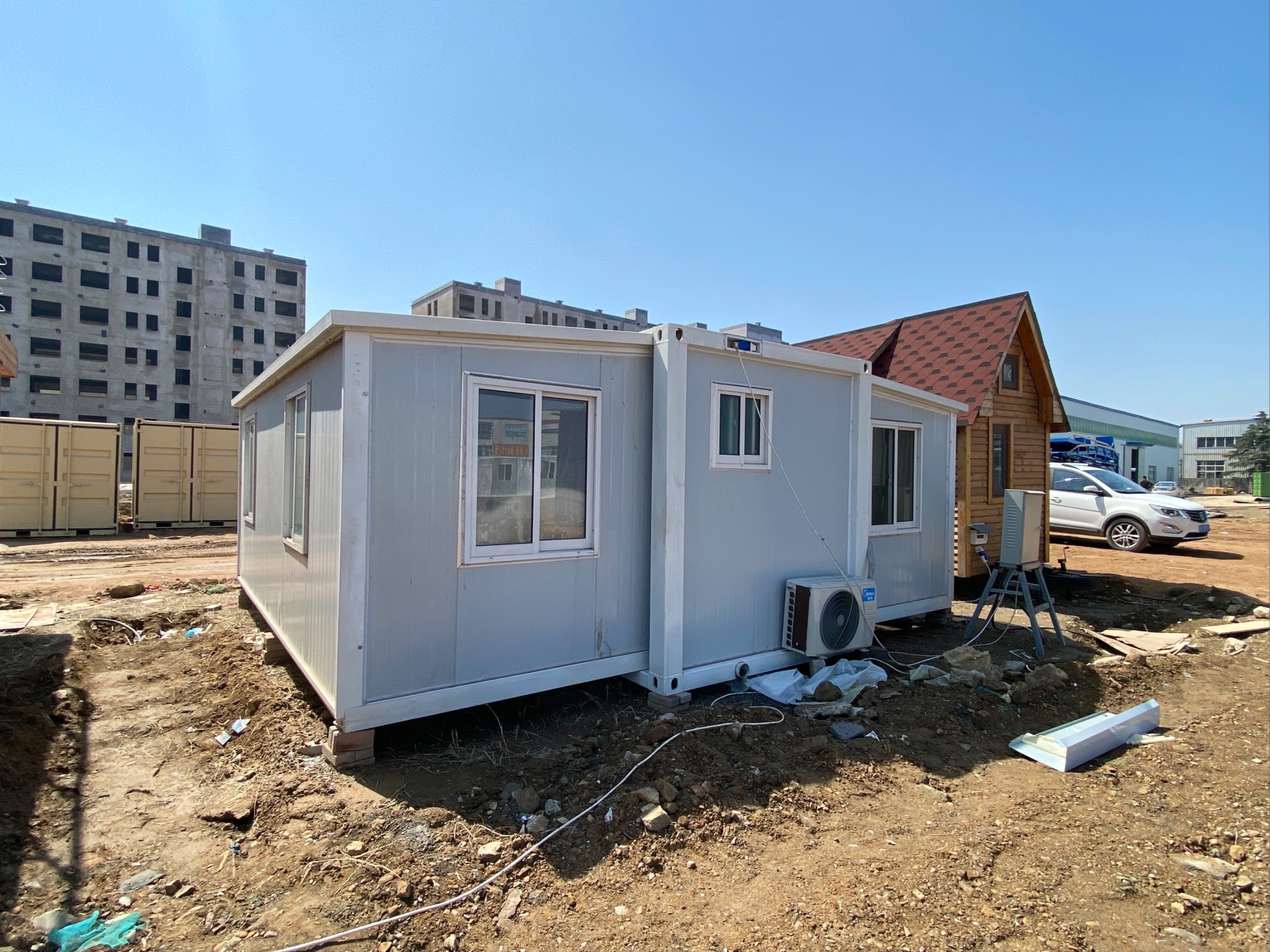
In conclusion, innovative flood control technologies play a crucial role in enhancing the resilience of steel structure buildings and protecting them from the damaging effects of flooding. Intelligent drainage systems, flood barriers, green infrastructure, and smart flood monitoring systems are just a few examples of the innovative technologies that can be deployed to mitigate flood risk and ensure the long-term sustainability of steel structure buildings. By investing in these technologies, property owners can safeguard their investments and create a more resilient built environment that can withstand the challenges of climate change and extreme weather events.

